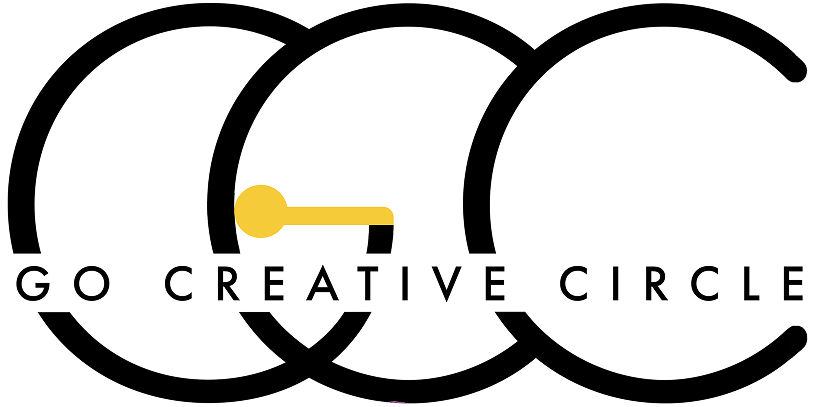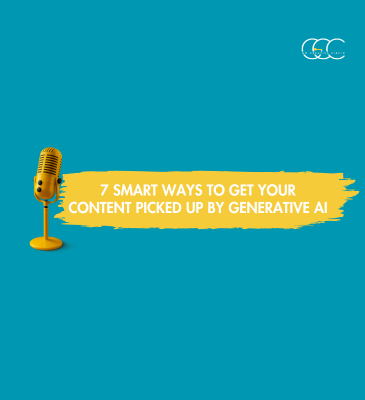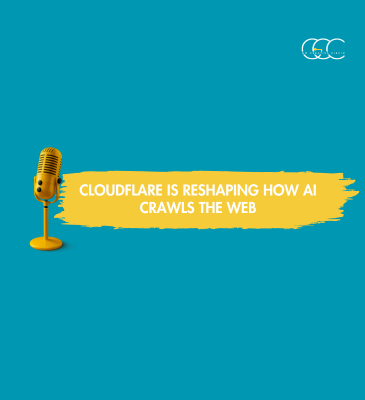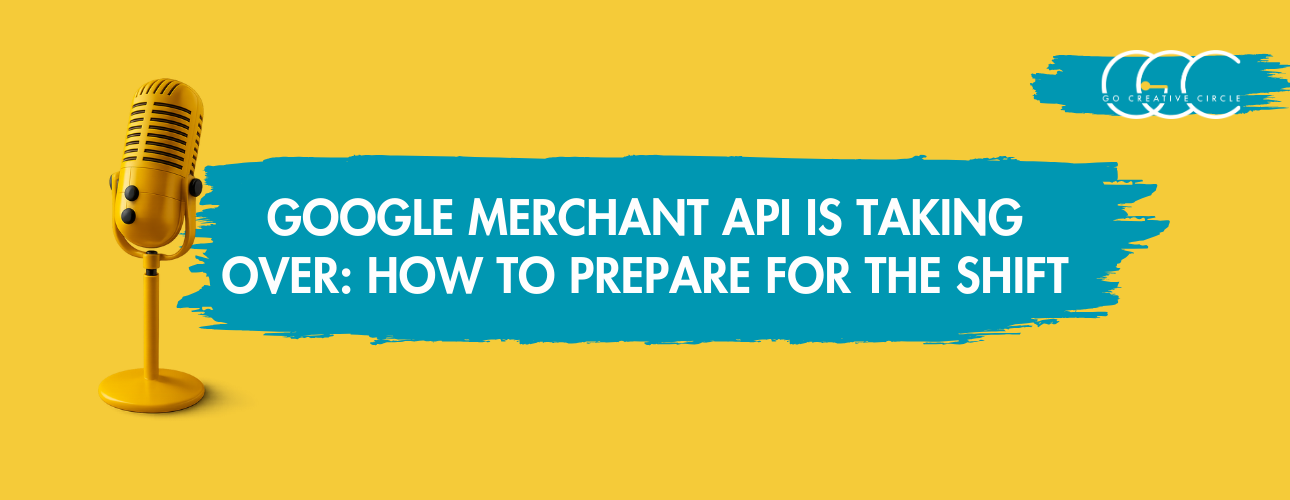
Google will retire Content API for Shopping by 2026. Discover what the Merchant API offers, its advantages and disadvantages, and its impact on businesses.
For more than a decade, businesses have relied on Google’s Content API for Shopping to manage product listings and synchronize data with Google Merchant Center. But now, a big shift is underway: Google Merchant API is officially replacing the Content API for Shopping.
This isn’t just a small update—it’s a complete transition that will change how merchants interact with Google’s shopping ecosystem. With the Content API scheduled to sunset on August 18, 2026, businesses have a clear timeline to adapt. Let’s dive deep into what this change means, why it matters, and how you can prepare.
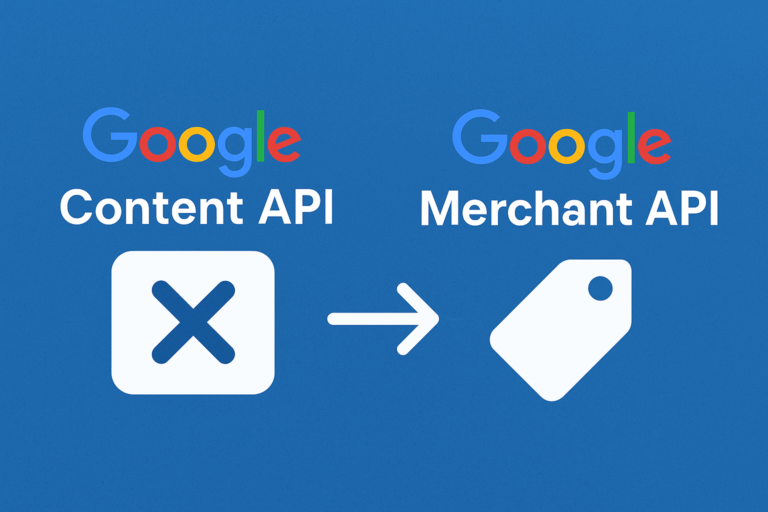
Why Google Is Retiring the Content API
The Content API was introduced to help retailers manage product data at scale, programmatically updating feeds without relying solely on manual uploads. While powerful, it came with complexity, making it less beginner-friendly and often requiring technical expertise to manage effectively.
Google’s new Merchant API aims to fix this. It’s designed to be more intuitive, streamlined, and closely integrated with Merchant Center. According to Google, the Merchant API will provide:
- A simplified interface for feed management.
- Programmatic access to valuable data and insights.
- Tools to showcase businesses and products across Google surfaces.
The goal is simple: make it easier for merchants of all sizes to manage listings, run ads, and optimize their presence across Google Shopping, Search, and beyond.
Key Features of the New Google Merchant API
The Merchant API isn’t just a rebranded version of the Content API. It introduces a set of improvements aimed at usability, scalability, and deeper integration:
- Unified Product Management
Manage product data for both organic and paid experiences directly in Merchant Center without jumping across multiple tools. - Streamlined Interface
Google highlights simplicity as a core benefit—making it easier for businesses with less technical expertise to handle product feeds. - Scalable Data Access
Merchants can access insights and performance data at scale, opening the door for better optimization strategies. - Business-Centric Controls
Beyond just product data, the API lets you control how your business appears across Google surfaces, strengthening brand presence.
What This Means for Businesses
For retailers already using the Content API, this change signals the start of a transition period. Between now and August 2026, you can continue using the Content API, but it’s smart to start planning migration early.
- Developers & Large Retailers will need to rework integrations, ensuring their systems connect seamlessly with the Merchant API.
- Small Businesses may find this change beneficial since the new API promises easier usability and a less steep learning curve.
- Marketers gain more structured access to insights, allowing them to refine campaigns and product listings with better accuracy.
Advantages and Disadvantages of Google Merchant API
Advantages
- Simplified Setup: Easier onboarding and feed management compared to Content API.
- Enhanced Insights: Programmatic access to performance data supports smarter decisions.
- Unified Management: Handle both organic and ad product data within one system.
- Future-Proofing: Aligns with Google’s vision for a more connected and scalable ecosystem.
Disadvantages
- Migration Effort: Businesses with custom integrations must invest time and resources into transitioning.
- Learning Curve: While simpler overall, teams familiar with Content API will need to adjust.
- Potential Downtime: Any delay in migration could disrupt shopping feeds or campaigns.
Timeline: When Will the Switch Happen?
The timeline is clear:
- Now: The Merchant API is fully available and can be adopted.
- 2025–2026: Businesses gradually migrate their systems.
- August 18, 2026: The Content API for Shopping will be completely shut down.
That leaves a one-year window for merchants to test, adapt, and fully integrate the new API into their workflows.
How to Prepare for the Transition
- Audit Current Usage
Review how your business currently uses the Content API. Is it for bulk product uploads, frequent updates, or performance insights? - Test the Merchant API Early
Start experimenting with the new API to understand its workflows and capabilities. - Plan for Migration
Work with developers or API specialists to ensure your systems are compatible with the new interface. - Monitor Google’s Updates
Google will likely release additional documentation, migration guides, and best practices as the sunset date approaches.
The retirement of the Content API for Shopping marks the end of an era, but it also opens the door to a simpler, smarter, and more connected way of managing Google Merchant Center.
Businesses that start preparing now will have a smoother transition, while those who delay risk scrambling at the last minute. Whether you’re a global retailer or a small e-commerce brand, the Merchant API promises more streamlined product management, better insights, and a stronger presence across Google’s ecosystem.
The clock is ticking—August 2026 will be here sooner than you think.
Ready to stay ahead of Google’s changes? Contact Go Creative Circle, and let’s build smart ad strategies that drive more sales.
